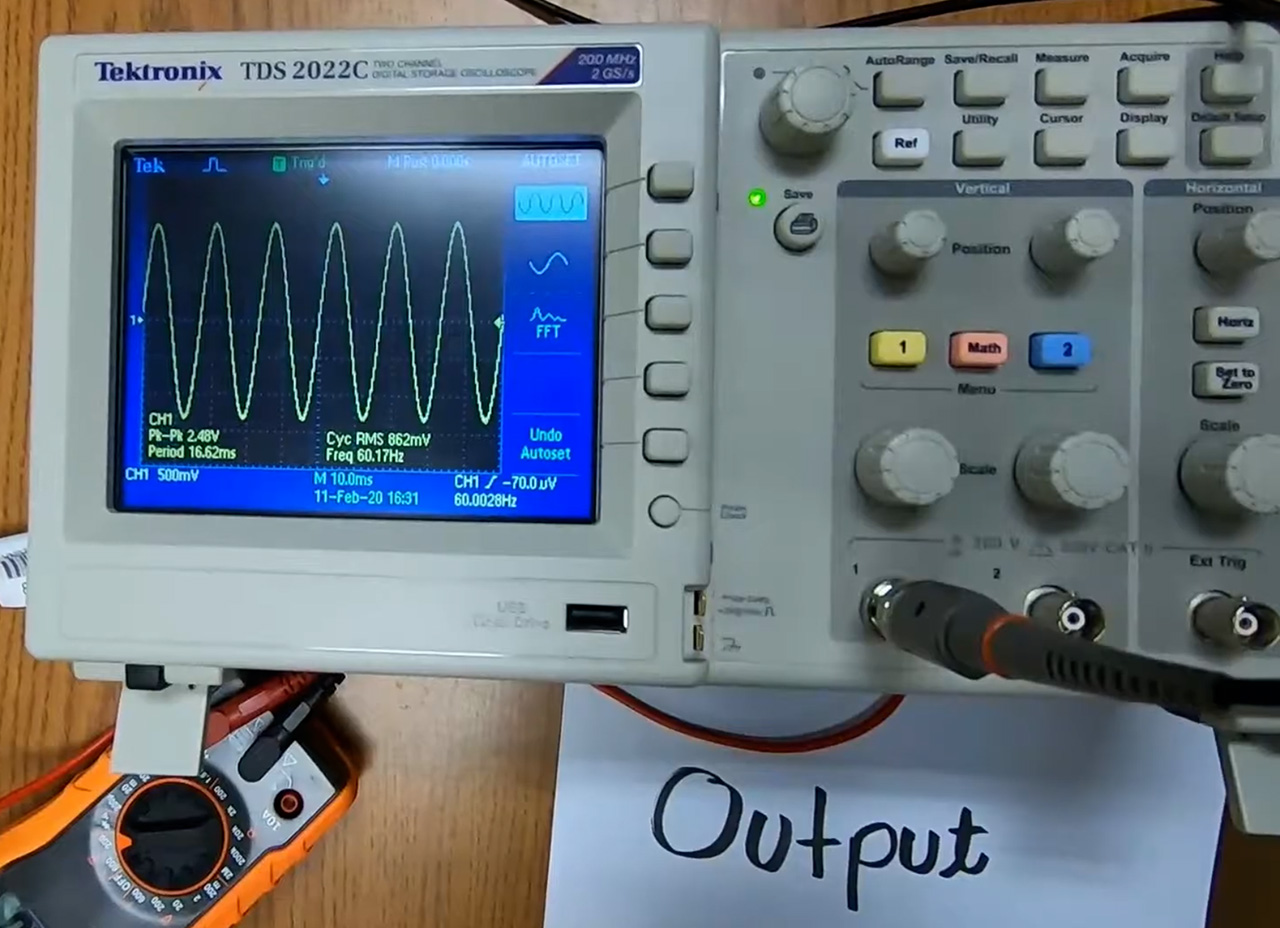Disrupting the functioning of a power grid using about $50 worth of equipment tucked inside a disposable coffee cup

By:
Eric De Grasse
Chief Technology Officer
20 August 2020 (Athens, Greece) – Mohammad Al Faruque, a University of California – Irvine (UCI) associate professor of electrical engineering and computer science, and his cyber-physical systems security research team, revealed that the spoofing mechanism can generate a 32 percent change in output voltage, a 200 percent increase in low-frequency harmonics power and a 250 percent boost in real power from a solar inverter.
Al Faruque’s group in UCI’s Henry Samueli School of Engineering have made a habit of finding exploitable loopholes in systems that combine computer hardware and software with machines and other infrastructure. I have profiled many of them through the last few years. In addition to heightening awareness about these vulnerabilities, they invent new technologies that are better shielded against attacks.
Targeting electromagnetic components
For this project, Al Faruque and his team used a remote spoofing device to target electromagnetic components found in many grid-tied solar inverters:
Without touching the solar inverter, without even getting close to it, I can just place a coffee cup nearby and then leave and go anywhere in the world, from which I can destabilize the grid. In an extreme case, I can even create a blackout.
Solar inverters convert power collected by rooftop panels from direct to alternating current for use in homes and businesses. Often, the sustainably generated electricity will go into microgrids and main power networks. Many inverters rely on Hall sensors, devices that measure the strength of a magnetic field and are based on a technology that originated in 1879. It’s this relatively ancient gizmo that makes many cyber-physical properties vulnerable to attack. Beyond solar inverters, Hall sensors can be found in cars, freight and passenger trains, and medical devices, among other applications.
The components of the spoofing device
The spoofing apparatus assembled by Al Faruque’s team consists of an electromagnet, an Arduino Uno microprocessor, and an ultrasonic sensor to measure the distance between the unit and the solar inverter. A Zigbee network appliance is used to control the mechanism within a range of about 100 meters, but that can be replaced by a Wi-Fi router that would enable remote operation from anywhere on the planet.
Anomadarshi Barua, a Ph.D. student in electrical engineering and computer science who led the development of this technique, said that the components of the spoofing device are so simple and straightforward that a high school student could construct it:
Schools all around the world teach kids how to program an Arduino processor. Even UCI has camps that teach this technology. However, they would need a little more advanced knowledge to figure out the control part of the system. But, frankly, all of that information is readily available from multiple sources on the internet.
Barua noted that such an attack could target an individual home or an entire grid:
You could use the device to shut down a shopping mall, an airport or a military installation. The mechanics of it all are fairly simple. The simplest attack would be on a connected-home grid. That kind of attack is child’s play.
The UCI teams points out that gaps in these older technologies … which are part of the infrastructure of almost every “modern” networked grid … even seasoned experts have overlooked.
Here is a short video of the “coffee cup attack” which will give you an overview: